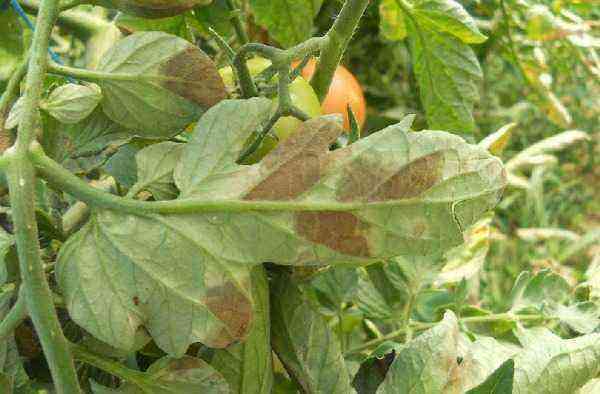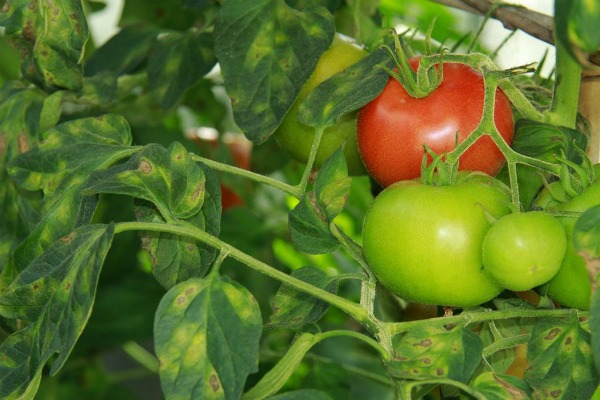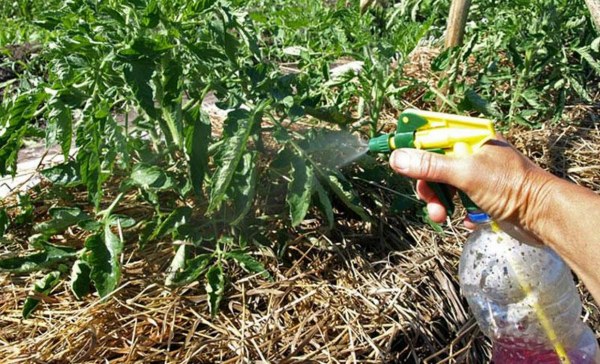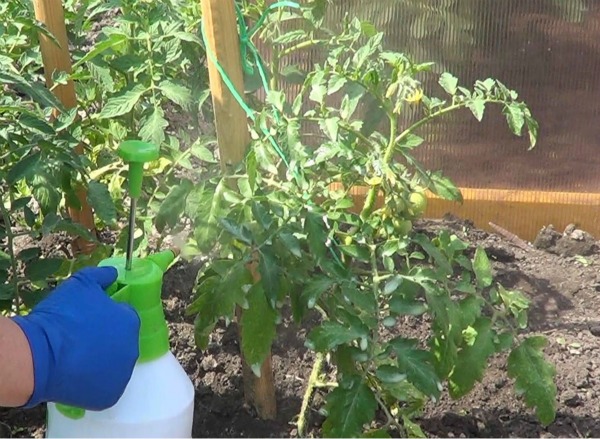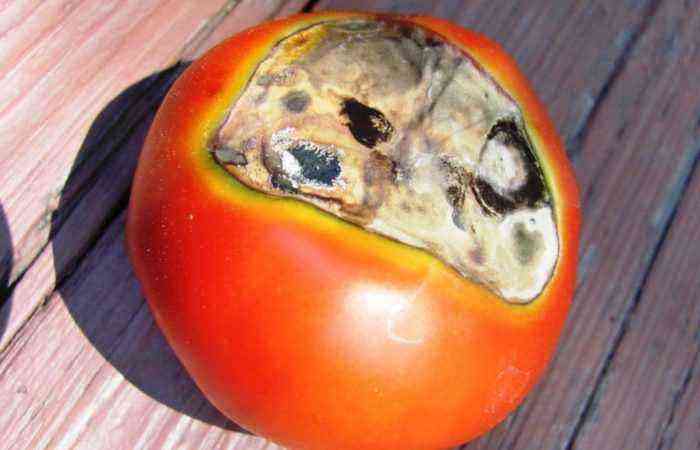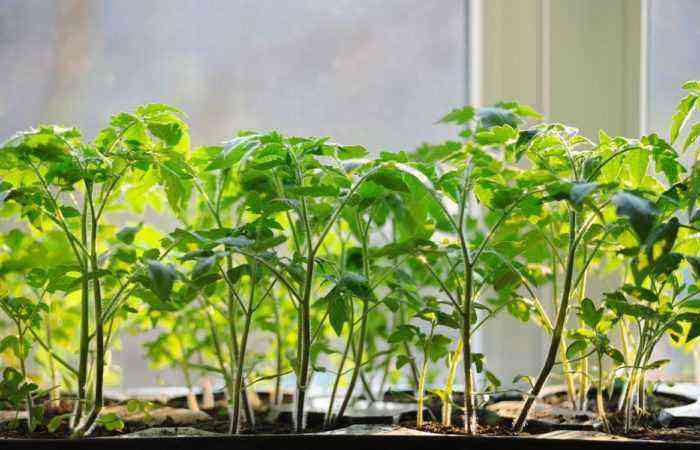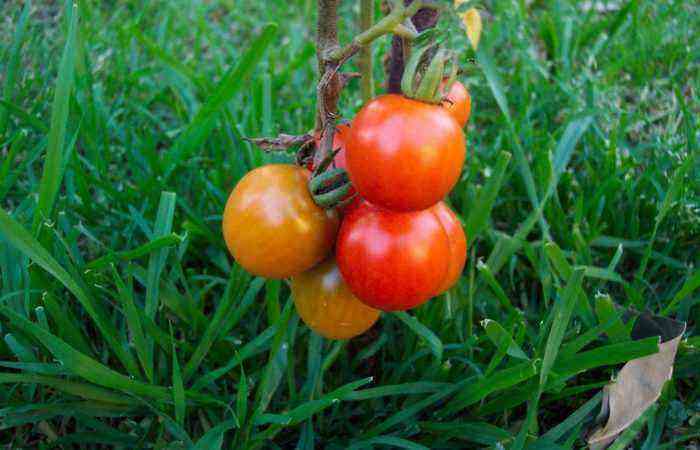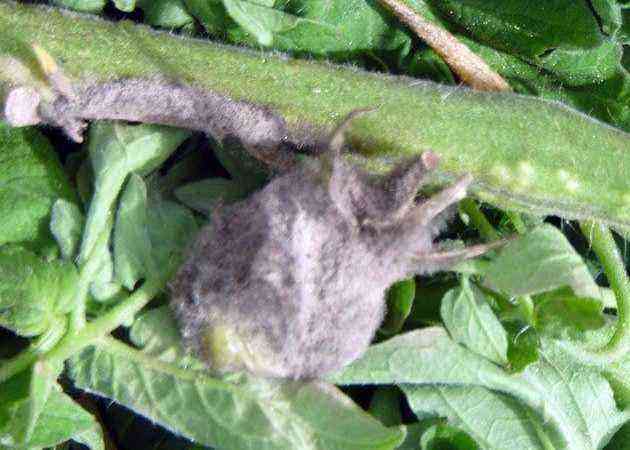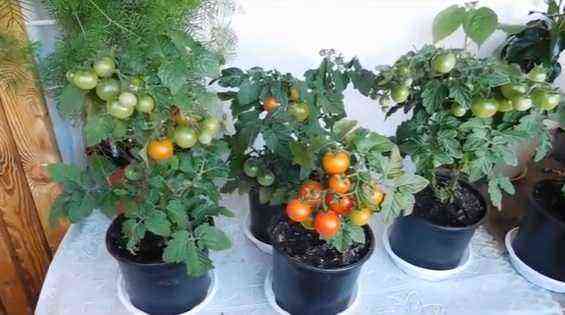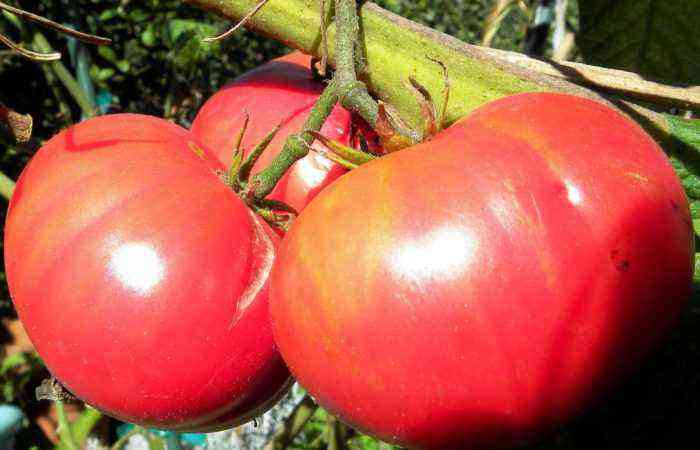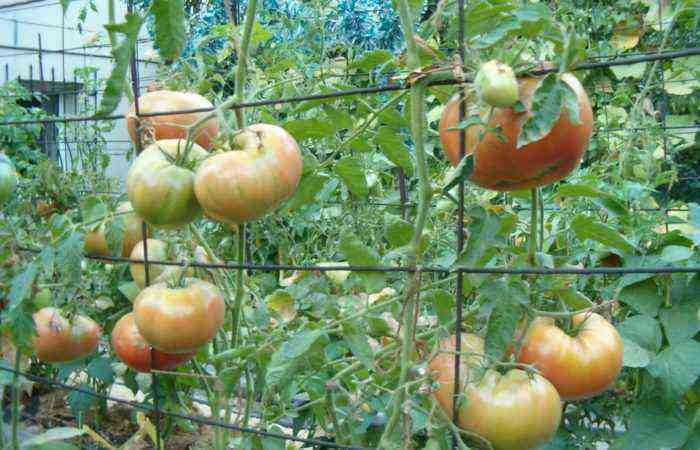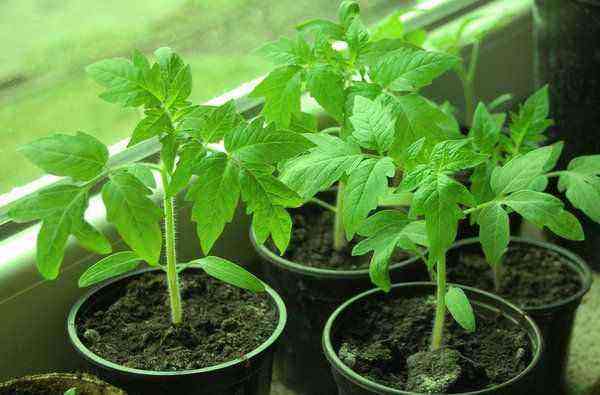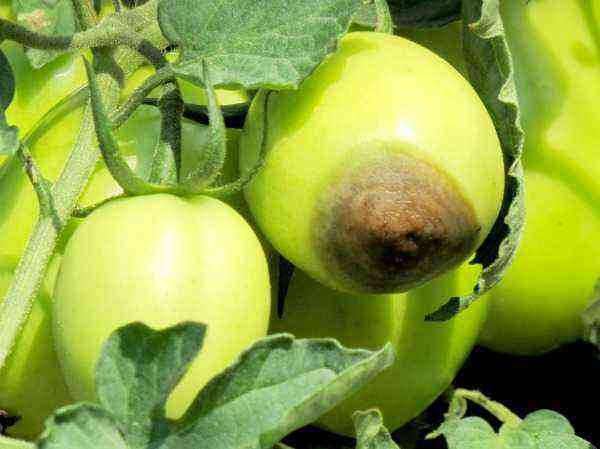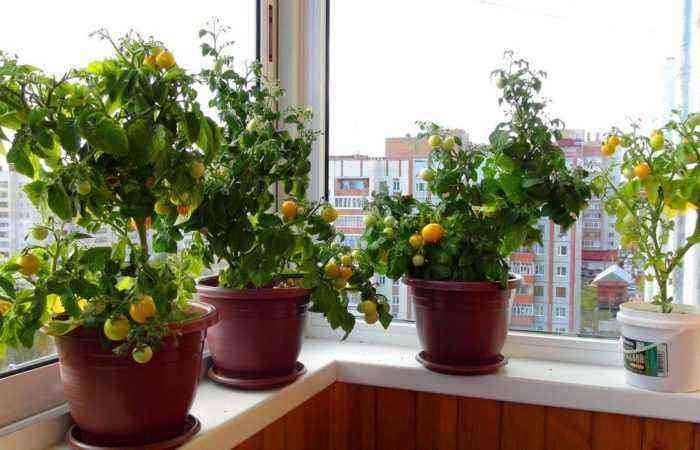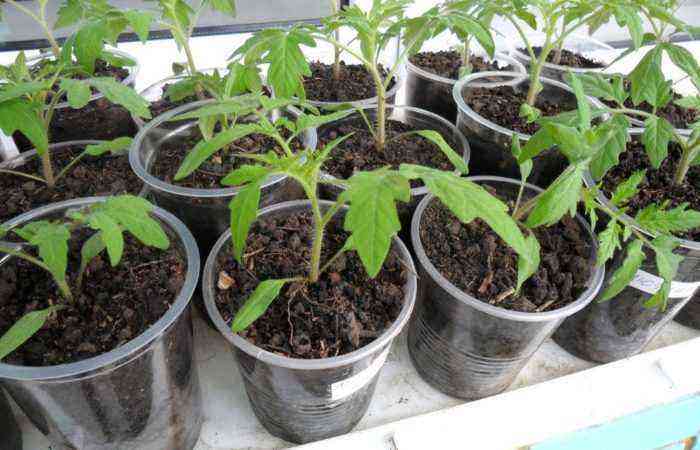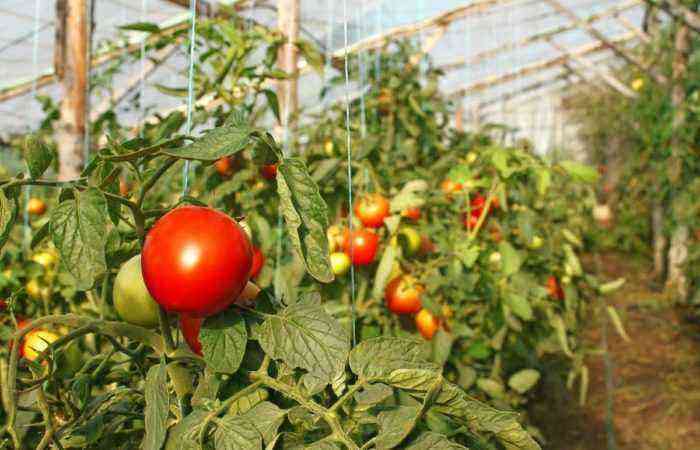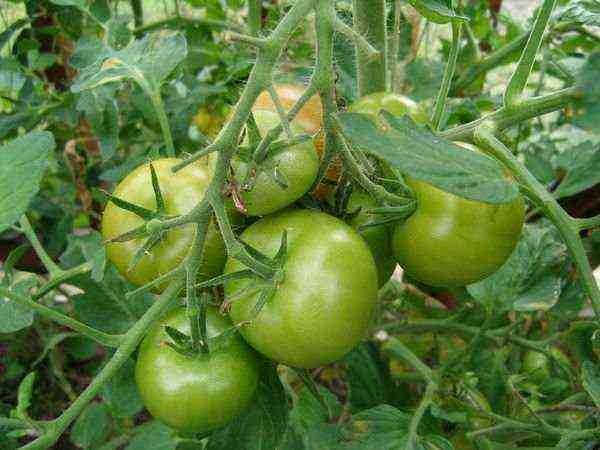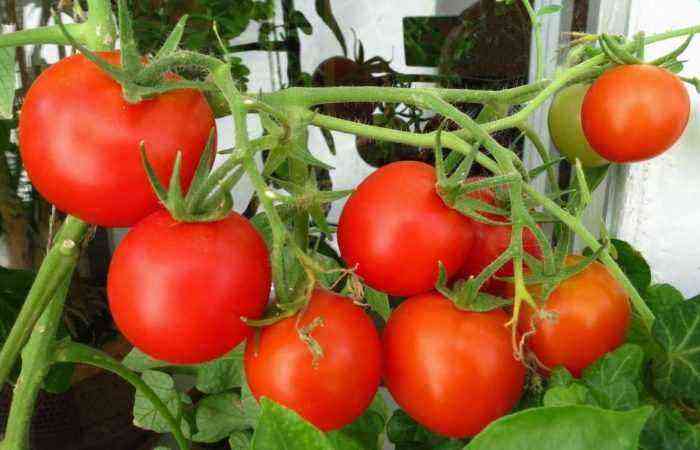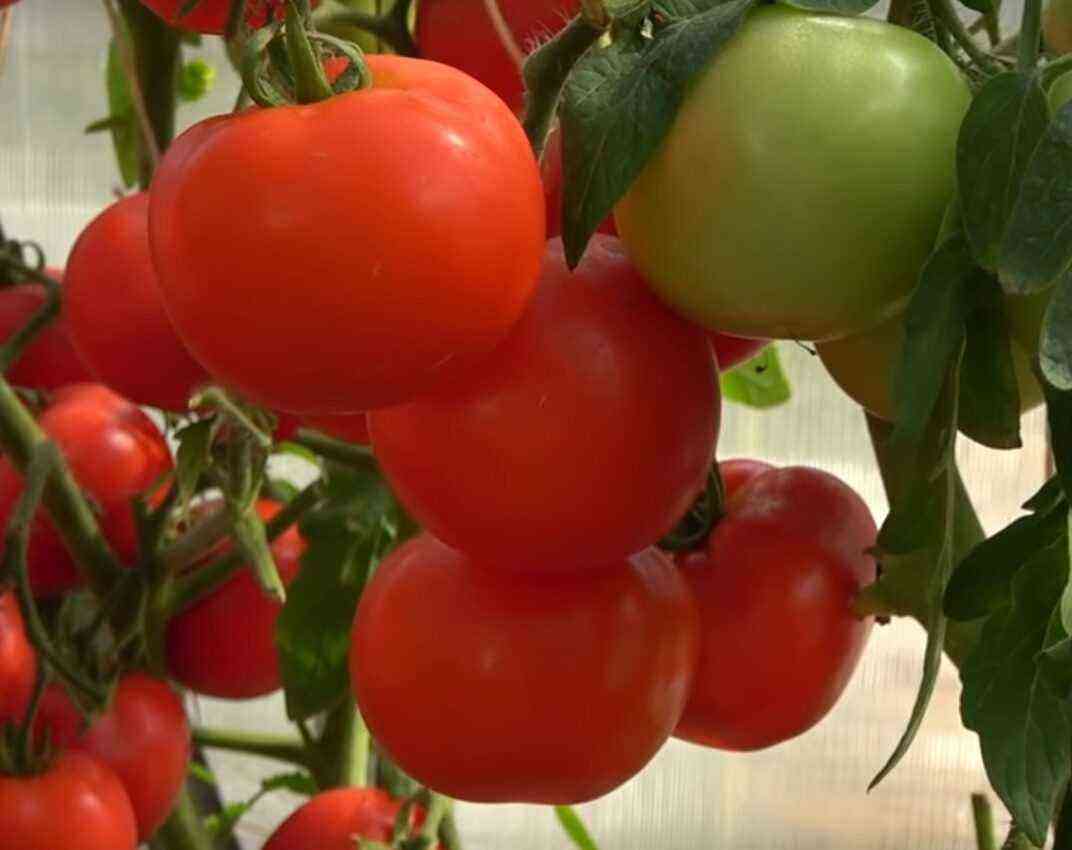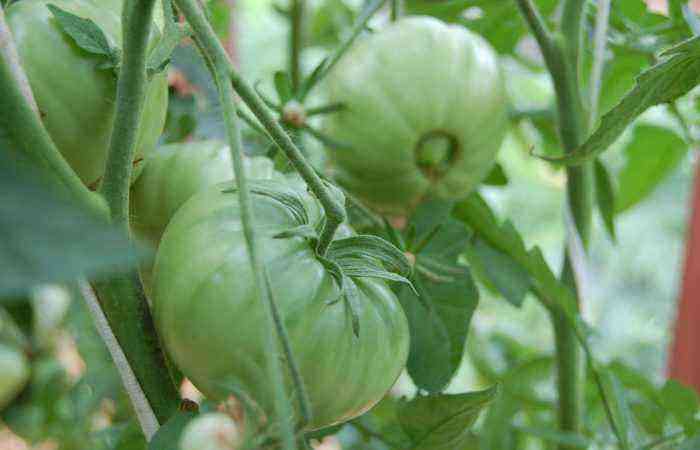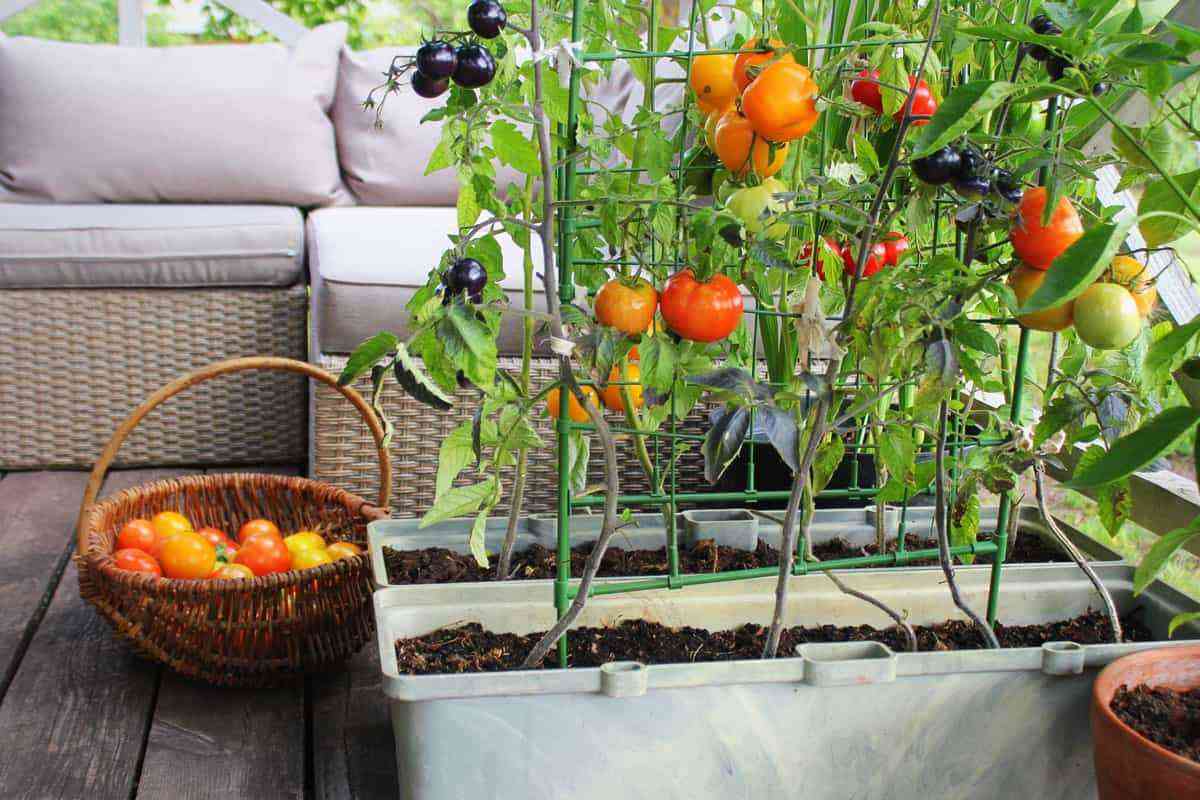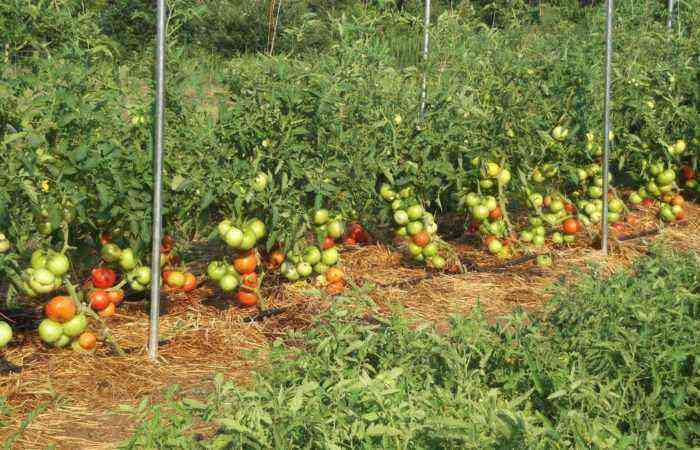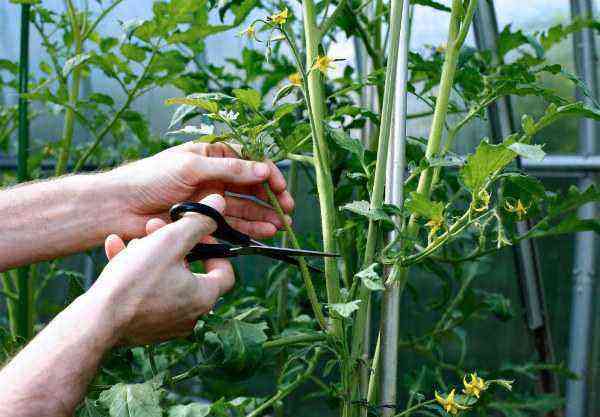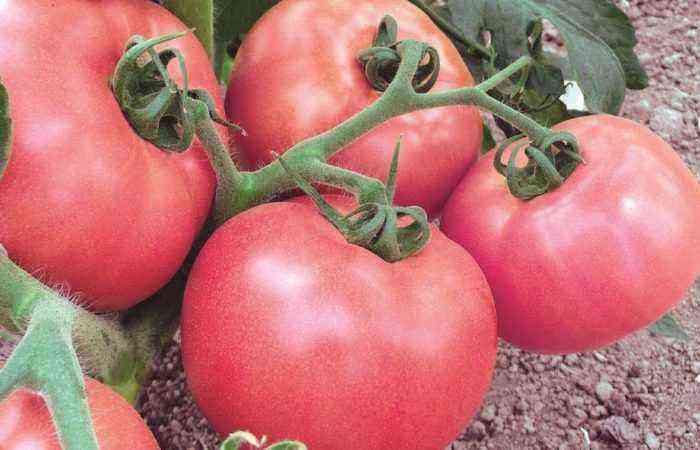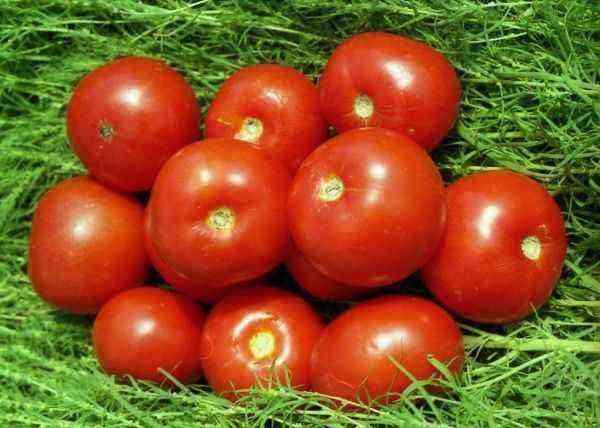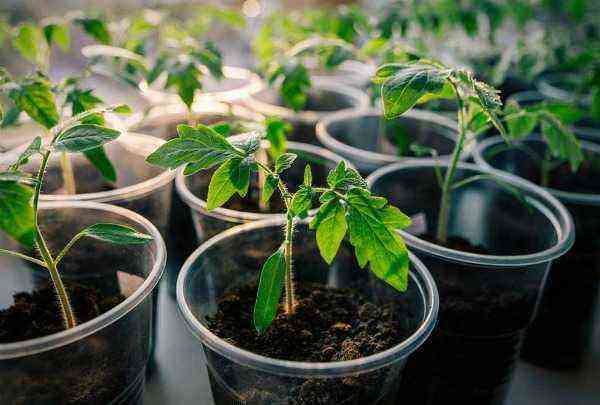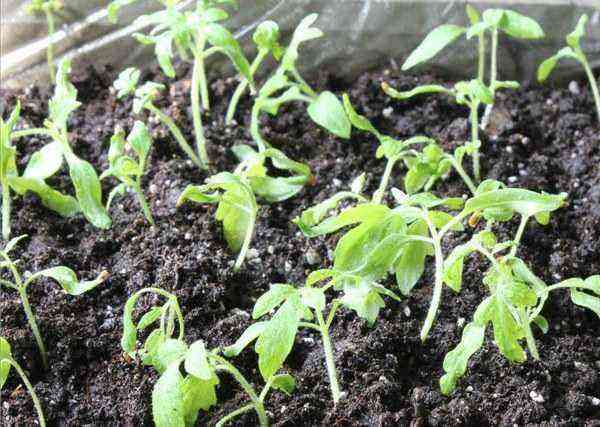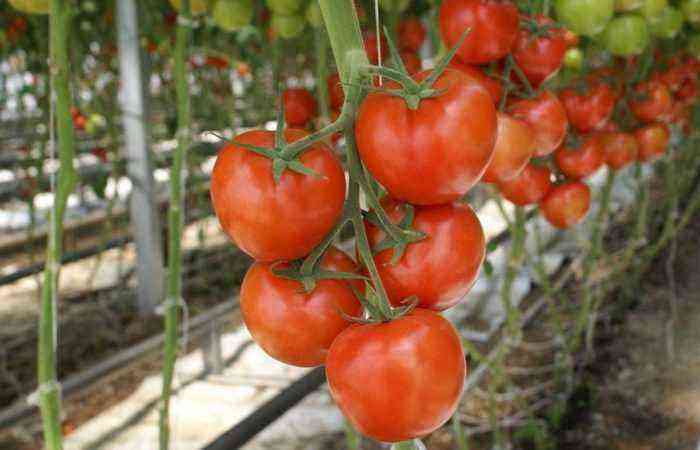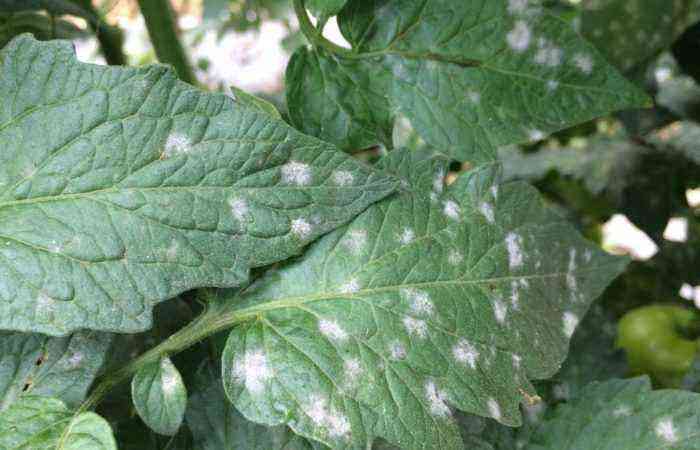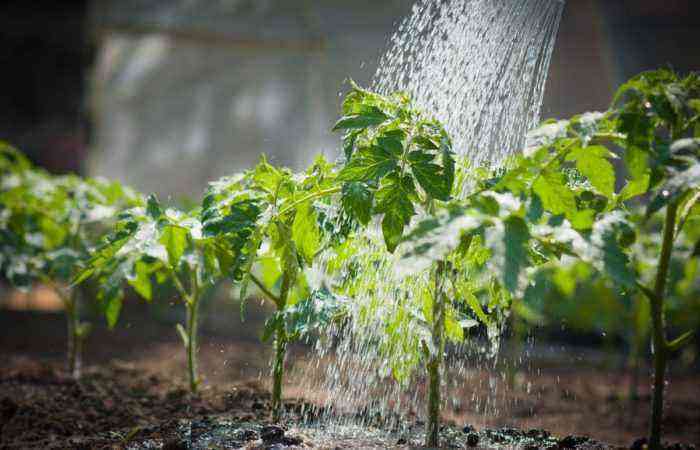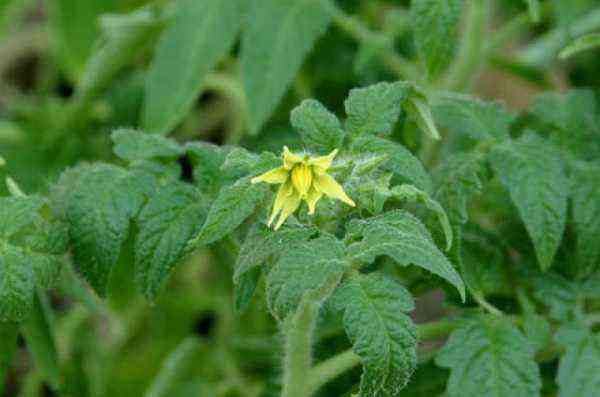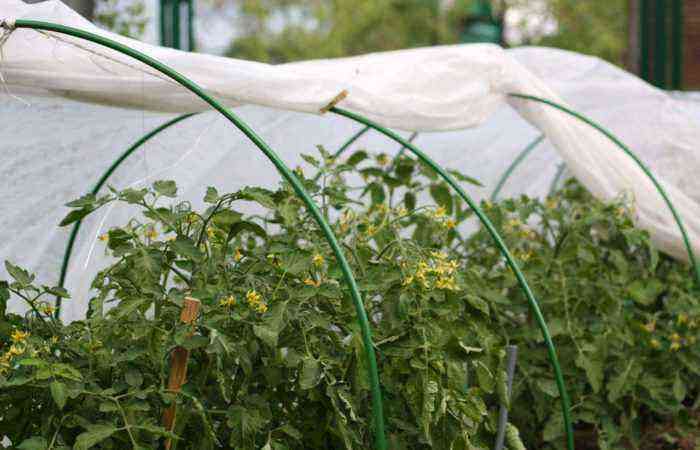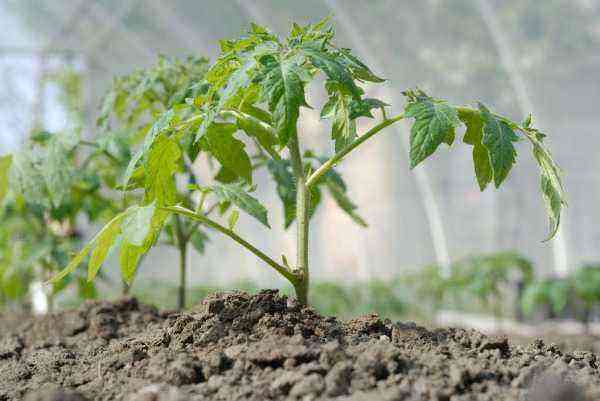Among the people of this disease, which affects many vegetable crops, they gave a simpler name – brown spot. After all, the first symptoms of the disease are brown spots that appear on the foliage.
What is the danger of the disease for tomatoes, how it manifests itself and how to deal with it – all this will be discussed below.
What is tomato cladosporiosis, what is the disease dangerous
Cladosporiosis is a fungal disease that affects the aerial parts of plants. Spots appear on the foliage, on the upper part of the leaf plates they are lighter than on the reverse side, which gradually grow, as a result, the foliage dries up and falls off, which leads to the death of the entire bush.
Therefore, if you do not start the fight against this disease in time, you can end up completely without a tomato crop.
Most often, cladosporiosis affects tomatoes grown in closed soil – in film greenhouses or greenhouses. In garden beds, tomatoes are much less likely to be affected by this fungal disease.
Important! The affected foliage loses its ability to photosynthesis, therefore, there is no conversion of minerals into complete “nutrition” for the plant, as a result, tomato bushes stop growing, ovaries do not grow, and there will be practically no yield in diseased bushes.
The first signs of cladosporiosis on tomatoes
The first symptoms of the disease are the appearance of brown spots on the underside of the leaf blades. Usually this disease begins to develop on the bushes by mid-summer, when the flowering ends in tomatoes and ovaries are actively formed.
Moreover, the lower leaves of seedlings or adult tomato bushes are the first to be affected by this fungus. Spots of a lighter shade appear on the outer side of the leaf plates. Gradually, the spots darken, grow, become dense and velvety.
If you do not fight the disease, then the foliage dries up, crumbles. First of all, the fungus infects weakened foliage.
Due to the fact that the process of photosynthesis in the affected plants practically stops, the tomatoes begin to fade, as a result, the bushes begin to die. At this stage, it is almost pointless to fight cladosporiosis. Ripening fruits are the last to be affected.
Causes of the disease
The best conditions for the development of cladosporiosis on tomatoes are high soil and air humidity, as well as heat. In such conditions, fungi develop quickly and very actively. Such conditions are more typical for greenhouses, so it is in greenhouses that tomatoes often suffer from cladosporiosis.
The fungus can remain on last year’s tops, which were not removed from the site and not burned, or overwinter in the soil, moreover, it can easily endure winter cold and can be in the soil for up to 8-10 months.
Also, the spores of the causative agent of cladosporiosis are easily transferred from diseased plants to healthy ones, so if you do not take any measures to combat the disease in time, you can lose the crop completely.
Tomato diseases – description with photo, methods of treatment
How to process tomatoes from cladosporiosis
With cladosporiosis, you should start fighting from the moment the first symptoms of the disease appear. You can treat the aerial part of tomato bushes with chemical or biological preparations, use folk remedies. Which of these remedies are most effective and at what stages of the disease each of these remedies can be used will be written below.
Chemicals
Chemical preparations for the treatment of tomato bushes should be used with the utmost care, as they have the ability to “absorb” into the fruit, and the use of such products is harmful to the human body.
Therefore, after the treatment with chemicals, at least 20 days must pass, and only then can ripe tomatoes be harvested for eating or canning.
Such drugs are used in the case when the disease has already spread greatly among this vegetable crop, and other means in such a situation are already ineffective.
It is recommended to use the following fungicidal preparations to combat cladosporiosis:
- Ditan NeoTech 75;
- Bravo;
- Abiga Peak;
- Polyram;
- HOM;
- Copper chloride.
All of the above chemicals should be diluted in strict accordance with the instructions, and personal protective equipment should be used when processing plants.
If necessary, the treatment with fungicides is repeated 12-14 days after the previous one.
Biological agents
There are drugs that are more harmless to humans and plants that effectively fight this fungal disease – these are biological agents. Although they are quite harmless to humans, when diluting them, you should also adhere to the dosage indicated in the instructions:
- Fitosporin is diluted as follows: no more than 20 g of the drug is diluted in 10 liters of water. Greenhouses are treated with such a solution several times with an interval of 12-14 days;
- Fitolavin 300 must be diluted as follows: 20 ml of the drug is taken per 40 liters of water. The vegetative mass of tomatoes is sprayed with this solution;
- Psevobacterin-2 is diluted strictly according to the attached instructions. Moreover, this drug helps to fight not only with cladosporiosis, but also with some other diseases.
Folk methods
Folk methods of fighting fungi are effective only at the initial stage of the disease. As soon as the first brown spots on the foliage are found, the bushes must be treated with the following solutions:
- iodine chloride. This solution is suitable for processing not only the vegetative mass of tomatoes, but also for treating the soil, which must be poured with such a solution to a depth of at least 9-11 cm. Prepare a similar solution as follows: dilute 10 tbsp in 1 liters of water. a spoonful of potassium chloride and add 40 drops of tincture of iodine;
- another effective remedy for combating cladosporiosis – whey diluted in water. Dilution rate – 0,5 l of whey per 5 l of water;
- garlic tincture. Against brown spotting, such an infusion is one of the most effective. A crushed clove of garlic (or 500 garlic arrows) is placed in a bucket of water, 30 drops of iodine are added and insisted for several hours;
- milk solution. A liter of milk and 30 drops of iodine are diluted in a bucket of water;
- a weak solution of potassium permanganate;
- ash decoction. In order to prepare it, you need to dilute 300 g of ash with a liter of water, boil over low heat for half an hour. Dilute the resulting broth with water up to 10 liters and you can treat diseased plants.
All these tools should be applied in turn. If, after treating tomato bushes with folk remedies, cladosporiosis continues to spread, then biological agents or chemicals should be used to combat it.
preventive measures
It is well known that it is easier to prevent the emergence and spread of the disease than to fight it later. Therefore, experienced vegetable growers recommend taking a number of preventive measures that prevent the appearance of cladosporiosis on vegetable plants.
The main thing is not to create comfortable conditions for the appearance of this fungal disease on the beds in open and closed ground:
- too high soil and air humidity (more than 80%);
- increase in air temperature above 25-26 C;
- timely remove all plant debris, disinfect the soil in the garden and greenhouses, and disinfect the walls of the greenhouse;
- observe the rules of crop rotation;
- remove and burn all damaged foliage from diseased bushes;
- do not thicken plantings, observing the necessary interval when planting tomato bushes;
- for preventive purposes, spray the bushes with Bordeaux liquid, Fitosporin-M or other biologically active agents a couple of times a season;
- observe the irrigation regime, avoiding excessive stagnation of moisture in the soil.
It is also better to grow such varieties and hybrids of tomatoes, which are characterized by increased resistance to cladosporiosis.
Useful tips for the gardener
When growing tomatoes, it is necessary to carefully examine the bushes of this vegetable crop at different stages of its development in order to notice signs of cladosporiosis disease in time. Indeed, at the beginning of the disease, it is easier to deal with it, and less damage will be done to the plants.
All preventive measures should also be taken to prevent the appearance of the causative agent of this disease in garden beds or in greenhouses. It is especially important to observe the irrigation regime, to prevent an increase in humidity when growing tomatoes in greenhouses, to grow mainly those varieties of tomatoes that are highly resistant to cladosporiosis.
Cladosporiosis on tomatoes – treatment methods: video
Cladosporiosis (macrosporiosis) of tomatoes – video
Although this fungal disease is very dangerous for any vegetable crops, but with all the preventive measures and the timely start of the fight against cladosporiosis, summer residents will definitely be able to defeat the disease and save their crops.
